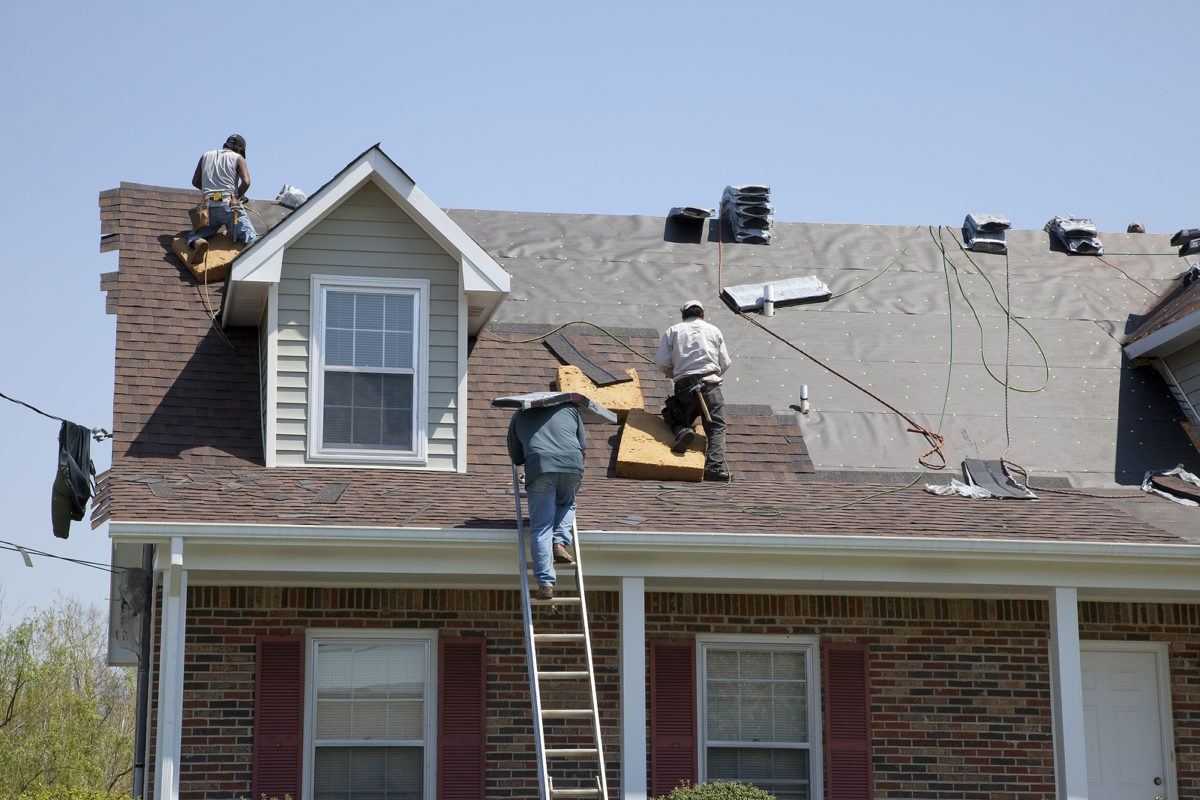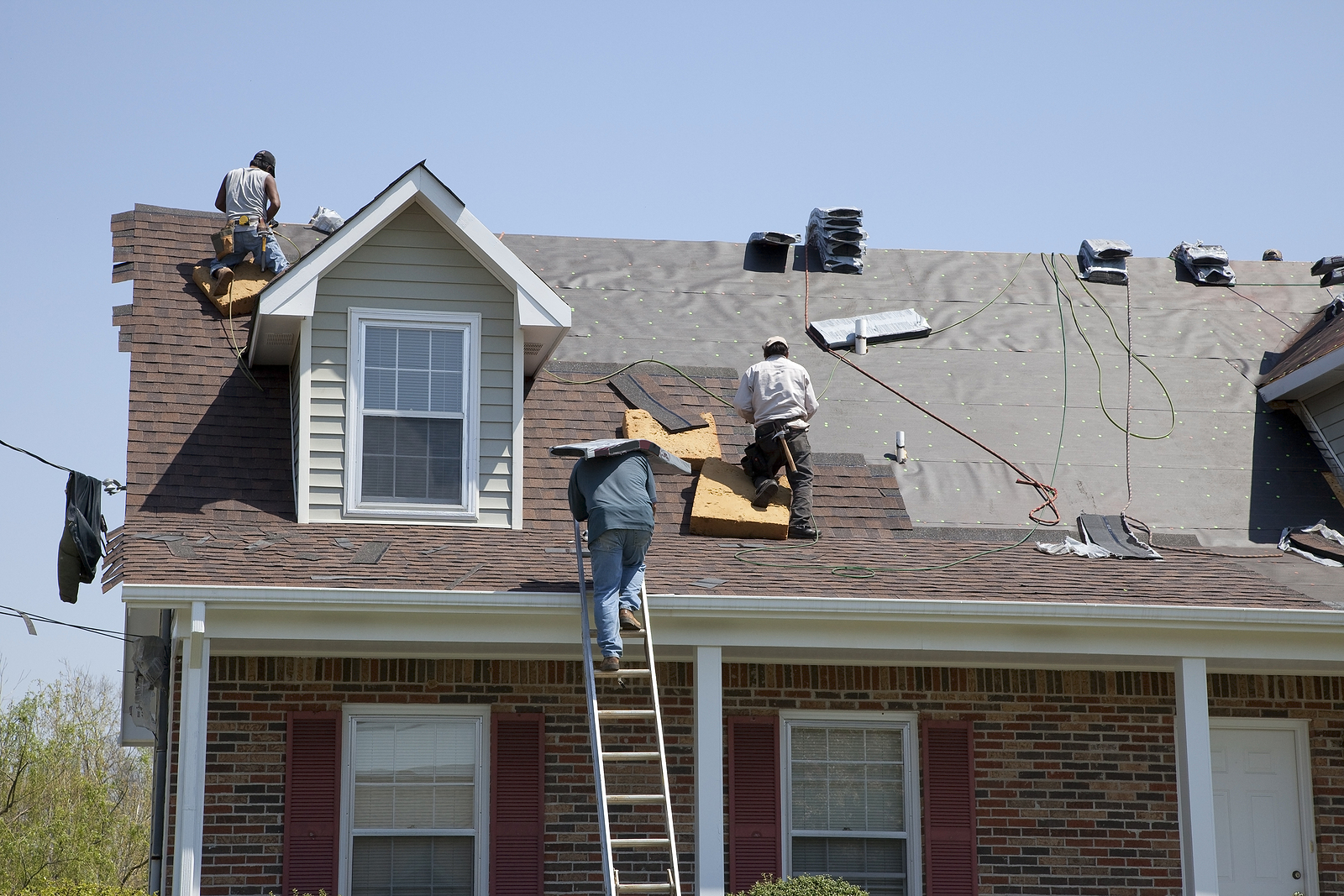The national average time that a home spends on the market (as of January 2022) is 19 days, according to Anna Bahney at CNN.com.
Since no two homes and no two real estate markets are identical, the speed at which your home sells will vary, depending on a number of factors.
For instance, one recent study finds that the average home in the 50 largest housing markets sold within 39 days.
Taking a closer look at these metros, you’ll find that homes in one region sold within 9 days.
The simple answer to how long it will take to sell your home, then, is “it depends on where you live and market conditions in that area.” There are, however, other impacts to how long your home may remain on the market.
Let’s take a look at what else influences the speed of a home sale.
Your home’s architectural style
Some of the factors that determine how quickly your home will sell include those over which you have no control, such as its architectural style.
Ranch-style homes are the most popular in the U.S. right now. They typically sell quickly and for more than list price, according to a national real estate research platform.
Since many homebuyers are first-timers, small starter homes, in any architectural style, in decent neighborhoods, tend to sell the quickest.
Condition
It’s rather obvious that a home in decent condition will sell faster than a fixer, yet often we see homeowners unwilling to do the repairs required to sell a home quickly.
In these cases (an as-is sale), expect your home to sit on the market significantly longer than homes around you that are in more of a move-in condition.
We’re happy to share our knowledge of which repairs to undertake to speed up the sale of your property, so don’t hesitate to give us a call.
Amenities
A home’s amenities can include anything from a guard-gated entry, view, home theater or wine cooler to the types of appliances included in the sale.
The latter, specifically stainless steel appliances, help to sell a home 15 percent faster than homes with other types of appliances, according to an older realestate.com study. Add granite countertops to the equation and you’ve hit the exacta of home-sale speed.
Your real estate agent
While it may seem that all real estate agents are alike, it’s simply not true. There are listing agents and buyers’ agents and agents who do both.
The listing agent’s job requires experience in determining appropriate listing prices, massive marketing chops and the ability to multi-task while paying close attention to each detail.
Not all listing agents have the budget required to properly market a home. Hire one of those and your home will take longer than it should to sell.
Finally, how the home is priced will impact the number of days it spends on the market. Price it too high and it will linger far longer than if it’s priced attractively out of the gate.
Reach out to us to get an idea of your home’s current market value. It’s a service we provide free of charge and with no obligation.



















